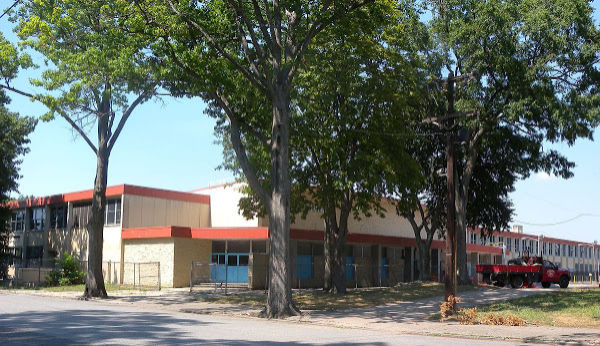
This story was written and produced by NJ Spotlight. It is being republished under a special NJ News Commons content-sharing agreement related to COVID-19 coverage. To read more, visit njspotlight.com.
New Jersey’s public schools stand to gain more than $280 million in federal emergency aid due to the COVID-19 pandemic, ranging from a few thousand dollars in the smallest districts to more than $10 million in the largest cities.
But while it is welcome help, school leaders acknowledged it was just one piece of an uncertain financial future for the schools as the state grapples with a pandemic that is sure to bring considerable hardship to their classrooms.
The stimulus amounts being made available to districts are proportional to the federal aid each normally receives through the Title I program, which is aimed at low-income and disadvantaged students.
Pandemic-related costs
In guidance released this week by the state Department of Education, schools were told they must apply for the funds by mid-June, and abide by a range of conditions that the money goes only to additional costs incurred due to the pandemic, including needed technology for remote instruction, sanitization of schools, and training teachers.
“The core purpose of the Elementary and Secondary School Emergency Relief Fund is to provide direct money to school districts and provide funding to support areas impacted by the disruption and closure of schools from COVID-19,” read the guidance.
The median amount among 654 districts and charter schools is about $116,000, ranging from no additional money in a handful of small districts or charter schools to nearly $19.3 million in Newark. The following are the districts receiving $3 million or more:
- Newark: $19,290,708
- Camden: $12,501,190
- Lakewood: $11,770,110
- Paterson: $11,619,797
- Jersey City: $11,065,428
- Elizabeth: $6,986,898
- Union City: $5,267,656
- Trenton: $4,826,105
- Atlantic City: $3,747,332
- East Orange: $3,600,968
- West New York: $3,027,304
But even for these districts, these funds remain a fraction of their budgets at a time school leaders anxiously await how they will fare with considerably more state aid in peril.
Gov. Phil Murphy said state aid to schools — representing close to half of all school spending — is certainly in jeopardy as the state faces revenue shortfalls in the billions of dollars both this fiscal year and next. One administration estimate released this week said the state would fall short $10 billion in projected tax revenues over this and the next fiscal year.
Newton schools in Sussex County would receive $176,000 in federal emergency aid, enough to pay for a range of anticipated expenses around the closure of schools and the shift to remote instruction. But the district’s superintendent said so much uncertainty remains.
“It would help us procure devices and Internet access for those who do not have them, would allow us to buy [protective equipment] that we haven’t budgeted, and address some mental health needs again that wouldn’t have otherwise fit in our budget,” said Superintendent Kennedy Greene.
“Of course with the state losing $10 billion over the current and next budget year, we can only wait and see how that will impact FY21 state aid to schools.”
A wide range of aid for schools
At the other extreme, Paterson stands to gain $11.6 million from the federal CARES Act, with it already earmarked for technology for students ($3.6 million), school sanitization ($1 million) and the rest for added special education services, teacher training and other needs.
But the district last night was to vote on a 2020-2021 budget that means still laying off about 40 teachers, and the technology gap that the crisis has laid bare statewide is still gaping for thousands of the city’s students.
Even with the federal money being made available, an estimated 20,000 Paterson students remain without the devices or connectivity needed for virtual instruction, instead relying on paper packages.
“Two-thirds of our students are still on the wrong side of the digital divide,” said Paul Brubaker, the district’s communications director, yesterday. “[The stimulus] helps, everything helps, but two-thirds still are caught without and here we are.”

